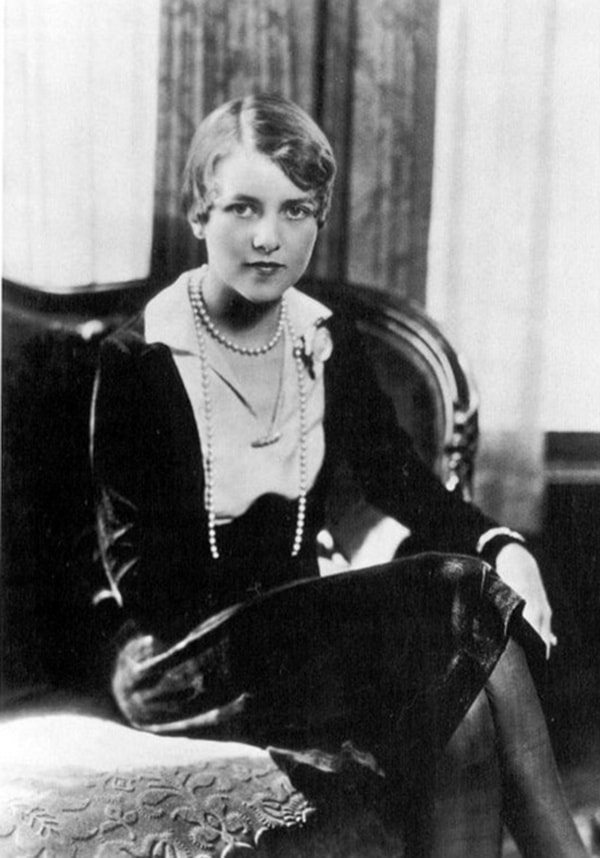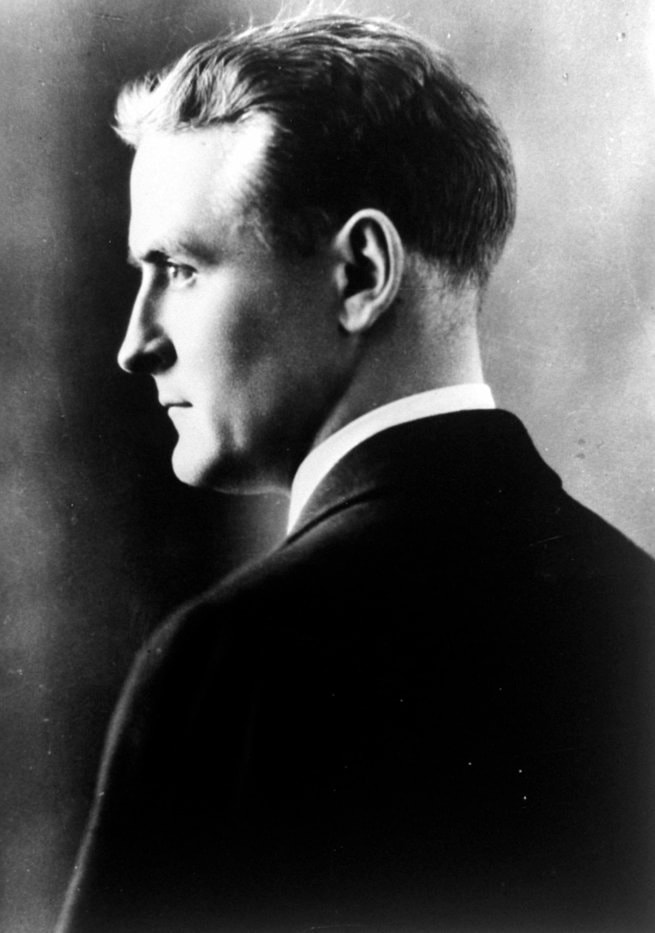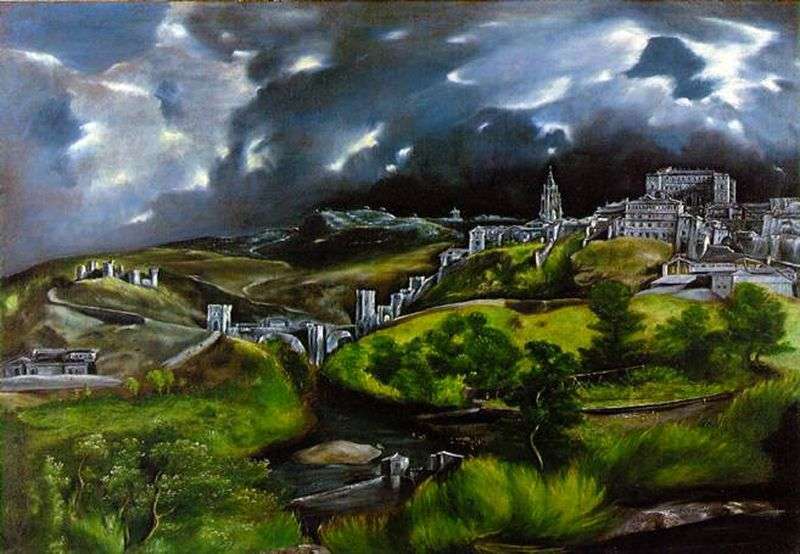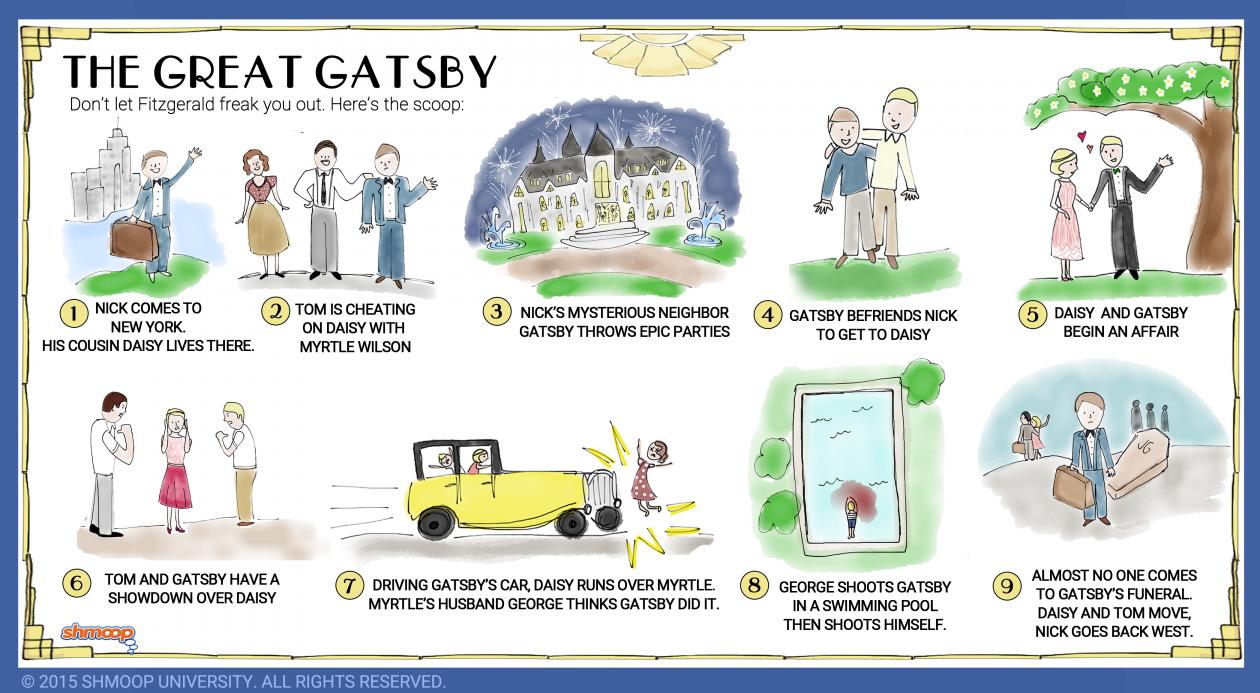The Full Text of The Great Gatsby: the-great-gatsby.pdf
The Great Gatsby Reading Guide: the_great_gatsby.pdf
Orienting The Great Gatsby in its Time and Space
Time of The Great Gatsby
|
Space of The Great Gatsby
|
The Life and Legacy of the Author
Zelda Fitzgerald (nee Sayre, 1900-1948), the "first American Flapper"
|
The Advent of the New Woman
|
F. Scott Fitzgerald (1896-1940)
|
EXPOSITION
Chapter 1: The Buchanans in East Egg; Daisy's broken finger and broken marriage
Nick Carraway recounts his short stint in New York--Carraway visits the Buchanan mansion--the awkwardly intimate dinner party at the Buchanan estate--shallow, titillating life of luxury and boredom in East Egg
Chapter 1 introduces Nick Carraway, Daisy Buchanan, Tom Buchanan, Jordan Baker, and Jay Gatsby (only a glimpse of his back profile at this point). Let's single out one paragraph that is the most meaningful in revealing the character traits of each of these characters; that is, you are to type out five paragraphs from Chapter 1.
Chapter 2: Tom and Myrtle in New York City; Myrtle's broken nose
The Valley of Ashes--Doctor T. J. Eckleburg's gigantic eyes--George Wilson's Repair shop--the "smouldering" Myrtle Wilson--buying an "Airedale" puppy--a riotous, drunken party in Tom's New York apartment--Catherine, Mr. and Mrs. McKees--Myrtle's broken nose
Nick seems fascinated and at the same time repulsed by the wild, decadent lifestyle of Tom and his followers. Myrtle, Catherine, the McKees, and Nick all come to Tom's love nest not only for illegal booze and wild merrymaking but also with a desire for social climbing. What different social agendas motivate them to fawn on Tom Buchanan?
Chapter 3: Gatsby's mansion; jazz and automobile; a car wreck
Nick is invited to Gatsby's party--a host of drunken freeloaders--Nick and Jordan meet Owl Eyes in Gatsby's library--Nick's first encounter with Gatsby--a car wreck--Nick romances Jordan with "internal brakes" on
1. Identify one anecdote in Chapter 3 that you consider as a foreshadowing device.
2. There is a plethora of color imagery in this novella including colors such as white, gold, cream, yellow, and green. Single out one color and track its usage in Chapter 3; you may consider earlier chapters in developing your interpretation of the usage of one specific color.
Literary foils: a_literary_foil.docx
The Great Gatsby Literary Topography: by courtesy of Joaquin Villalon gatsbys_world.jpg
RISING ACTION
Chapter 4: Gatsby's association with organized crime; Gatsby's obsession with Daisy Buchanan
Gatsby takes Carraway to New York City in his cream-colored car--Nick Carraway is wary of Gatsby's associations--Jordan Baker tells the back story in which Daisy and Jay Gatsby had a short but passionate romance in 1917
1. What does Gatsby’s connection with Wolfsheim reveal about Gatsby’s means to wealth?
2. Listen carefully to Jordan’s back story. What do you think was the nature of the allure Daisy Fay possessed when Gatsby first met her?
3. Earlier in Chapter Four, it becomes quite evident that Nick sees through the façade of pretension and fantasy Gatsby has painstakingly established. Try to characterize Nick’s relationship with Gatsby.
Chapter 5: Daisy descends to West Egg
Afternoon tea at Carraway's cottage--Gatsby is reunited with Daisy Buchanan--Daisy's tour of Gatsby's mansion
1. Why do you think Daisy sobs saying "[i]t makes me sad because I've never seen such--such beautiful shirts before"?
2. Why do you think Gatsby anxiously prepares for the afternoon tea with Daisy and insists on showing her his mansion and wealth? In what ways is Gatsby's love welded to success (what some may call the American Dream)?
Chapter 6: Backstory about James Gatz and the divide between East Egg and West Egg
Carraway relays James Gatz's story of self-making--the Sloanes and Tom Buchanon are on their high horses--Gatsby is desperate to win over Daisy again and bring the past back to the present
1. How does the text characterize Gatsby as a "drifter" or a sailor? Identify more than three references to Gatsby being portrayed as a drifter and discuss why the author intends to create such a metaphorical description of Jay Gatsby.
2. Even though Gatsby has rekindled his romance with Daisy Buchanan, he looks ill at ease and socially awkward. Single out one anecdote to discuss the reason why he might act as if he were out of his own element. Do not forget to incorporate the textual support.
Chapter analysis: by courtesy of Samantha Herrera the_great_gatsby_chapter_6.pptx
CLIMAX
Chapter 7: Bash--Hash--Clash--Crash
The hottest day of 1922--lunch at the Buchanans--switching cars for a drive to NYC--the showdown in the Plaza Hotel--Michaelis's reporting of a hit-and-run accident--Myrtle's death--who drove the cream-colored car?--Gatsby at a vigil and the Buchanans are reconciled
"A Constant Love" adapted by K. Lee from The Great Gatsby Chapter 7: a_constant_love.docx
1) Closed-ended question:
Who does Carraway meet outside Daisy’s mansion on the fatal night of the accident?
2) Analytical open-ended question:
What does Carraway mean by “the rather harrowing scene” (114)? You may reread the last two pages of Chapter 6 (especially pages 109-110). And why do you think Carraway is adamant that Gatsby’s vison is unrealistic and damaging?
3) Open-ended question:
Tom hurls an onslaught of prepared attacks to Gatsby. Which of Tom's accusations in your opinion turns out the most damning to Gatsby? How and why does it create an emotional distance between Gatsby and Daisy?
Chapter analysis: by courtesy of Juan Lopez the_great_gatsby_chapter_7.pptx
Falling Action
Chapter 8
Close Reading exercise: chapter_8.docx
Denouement (Resolution)
Chapter 9
Exit quiz (reading comprehension): gatsby_reading_comprehension_quiz.docx
Nick Carraway's Psychological Landscape:
In what ways does Carraway characterize West Egg, and to what extent has his experience in the East affected his perspective?
"Vista de Toledo" (1596-1600) by El Greco
|
Even when the East excited me most, even when I was most keenly aware of its superiority to the bored, sprawling, swollen towns beyond the Ohio, with their interminable inquisitions which spared only the children and the very old—even then it had always for me a quality of distortion. West Egg especially still figures in my more fantastic dreams. I see it as a night scene by El Greco: a hundred houses, at once conventional and grotesque, crouching under a sullen, overhanging sky and a lustreless moon. In the foreground four solemn men in dress suits are walking along the sidewalk with a stretcher on which lies a drunken woman in a white evening dress. Her hand, which dangles over the side, sparkles cold with jewels. Gravely the men turn in at a house—the wrong house. But no one knows the woman’s name, and no one cares.
|
Storyboard
Literary Punditry
|
|
|



